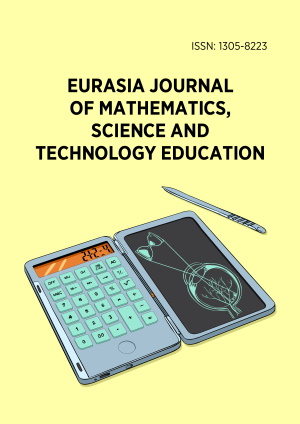Abstract
Textbooks serve as a crucial medium in enhancing students' comprehension of mathematical concepts, particularly in algebra. This research aims to evaluate the representation of algebra in grade 8 mathematics textbooks using a practical approach, with a specific focus on the topic of two-variable linear equation systems. The study employs praxeological analysis, grounded in the theoretical framework of the Anthropological Theory of the Didactic (ATD). This analysis examines tasks (T ), techniques (τ ), technology (θ ), and theory (Θ ) as presented in the textbooks. The findings indicate that while the textbooks are effective in introducing linear algebra concepts and facilitating problem-solving, they fall short in fostering a deeper understanding of two-variable linear equations. The study concludes that material presentation should go beyond procedural techniques by integrating the supporting technology (θ ) and theory (Θ ) associated with the techniques (τ ). Without this comprehensive approach, students risk relying solely on procedural methods without grasping the underlying rationale and theories, particularly in more advanced algebraic contexts. Moreover, the presentation of selected textbook materials may contribute to the emergence of epistemological and didactic learning obstacles. To address these challenges, the study recommends a more holistic and conceptually driven presentation of algebraic content to promote meaningful and effective learning.
License
This is an open access article distributed under the Creative Commons Attribution License which permits unrestricted use, distribution, and reproduction in any medium, provided the original work is properly cited.
Article Type: Research Article
EURASIA J Math Sci Tech Ed, Volume 21, Issue 6, June 2025, Article No: em2648
https://doi.org/10.29333/ejmste/16508
Publication date: 17 Jun 2025
Article Views: 2184
Article Downloads: 1313
Open Access References How to cite this article
 Full Text (PDF)
Full Text (PDF)